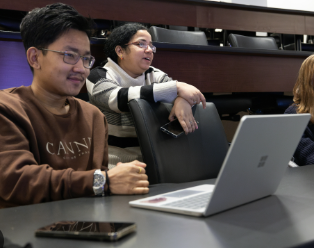Traveling or living abroad introduces you to new cultures, lifestyles, and most notably, new cuisines. While exploring local food is one of the joys of being overseas, maintaining a balanced and healthy diet can sometimes be challenging. Here’s how to adapt your eating habits without compromising wellness or enjoyment.
Embrace Local Ingredients
Rather than seeking out your usual foods, explore local produce and staples. Many international cuisines are naturally nutritious, relying on fresh vegetables, lean proteins, whole grains, and flavorful herbs.
- Visit local markets for fresh fruit and vegetables.
- Choose traditional meals that are steamed, grilled, or stir-fried.
- Look for dishes based on legumes, rice, or fish for balanced nutrition.
Maintain Nutritional Balance
It’s easy to indulge while trying new foods. Stay balanced by:
- Eating plenty of fiber-rich vegetables and whole grains.
- Choosing lean proteins like fish, tofu, or grilled poultry.
- Limiting fried, processed, or overly sugary foods.
Learn Basic Food Terms
Language barriers can make it hard to understand menus or food labels. Learn key words related to food allergies, ingredients, or cooking methods. This helps you make informed choices and avoid surprises.
Practice Portion Control
Servings may be larger or smaller than you’re used to. Be mindful:
- Start with smaller portions and go back for more if needed.
- Eat slowly and stop when you’re full.
- Share meals when dining out, especially if the portion sizes are large.
Carry Healthy Snacks
Whether sightseeing or in transit, keeping healthy snacks on hand helps avoid poor food choices.
- Nuts, dried fruits, or granola bars can offer quick, clean energy.
- A refillable water bottle helps you stay hydrated on the go.
Final Tip
Adapting your diet overseas doesn’t mean giving up on health or taste. With a little mindfulness, you can enjoy the culinary diversity of the world while keeping your well-being a top priority.






